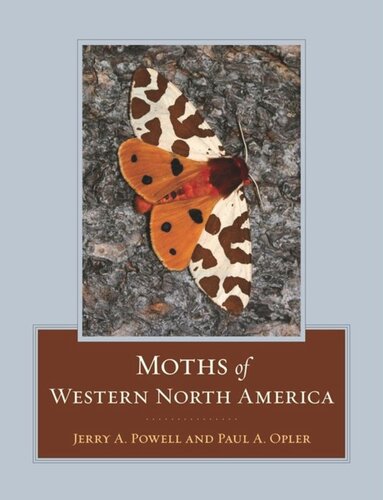

Most ebook files are in PDF format, so you can easily read them using various software such as Foxit Reader or directly on the Google Chrome browser.
Some ebook files are released by publishers in other formats such as .awz, .mobi, .epub, .fb2, etc. You may need to install specific software to read these formats on mobile/PC, such as Calibre.
Please read the tutorial at this link: https://ebookbell.com/faq
We offer FREE conversion to the popular formats you request; however, this may take some time. Therefore, right after payment, please email us, and we will try to provide the service as quickly as possible.
For some exceptional file formats or broken links (if any), please refrain from opening any disputes. Instead, email us first, and we will try to assist within a maximum of 6 hours.
EbookBell Team

4.3
88 reviewsInsects boast incredible diversity, and this book treats an important component of the western insect biota that has not been summarized before—moths and their plant relationships. There are about 8,000 named species of moths in our region, and although most are unnoticed by the public, many attract attention when their larvae create economic damage: eating holes in woolens, infesting stored foods, boring into apples, damaging crops and garden plants, or defoliating forests. In contrast to previous North American moth books, this volume discusses and illustrates about 25% of the species in every family, including the tiny species, making this the most comprehensive volume in its field. With this approach it provides access to microlepidoptera study for biologists as well as amateur collectors. About 2,500 species are described and illustrated, including virtually all moths of economic importance, summarizing their morphology, taxonomy, adult behavior, larval biology, and life cycles.